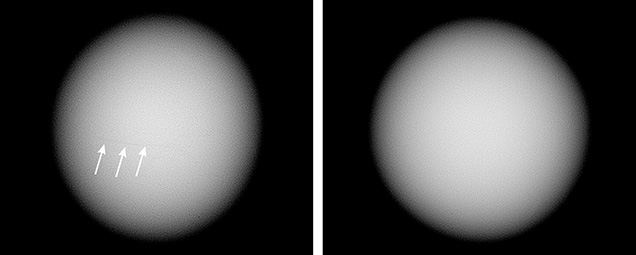Melo Pearl Found in a Melo Shell

Over the years, there have been a number of reports relating discoveries of natural pearls in edible oysters (e.g., Fall 2019 Gem News International, pp. 439–440; Fall 2020 Lab Notes, pp. 420–422). However, similar discoveries are much rarer in gastropods, such as species of the Melo genus. Such finds often make headlines, as was the case recently in Thailand when a few discoveries were reported on social media. One of these remarkable stories, titled “A delicious find,” was posted on www.facebook.com/GIAEducation on April 9, 2021. It detailed the discovery of a large oval orange Melo pearl measuring 20.50 × 19.25 × 18.85 mm and weighing 55.10 ct that was submitted to GIA’s Bangkok laboratory for testing in September 2020 (figure 1). The owner claimed to have accidentally found this pearl in an inexpensive Melo shell he purchased with another shell from a local market in Rayong Province, eastern Thailand.

This note offers additional detail on the pearl that was the subject of that story. To the eye, the pearl looked exactly as a Melo pearl should. Its size and color were consistent with that type of pearl, and it exhibited various flame structure patterns on its surface: short patchy flames, thin elongated flames, and “triangular” flames reminiscent of Christmas trees (figure 2). These features were consistent with flame structures previously observed on Melo pearls (D.J. Content, Ed., Pearl and the Dragon: A Study of Vietnamese Pearls and a History of the Oriental Pearl Trade, Houlton, Maine, 1999, pp. 90–92; H. Htun et al., “Melo ‘pearls’ from Myanmar,” Fall 2006 G&G, pp. 135–136; V. Pardieu, “Concise Field Report: Melos and their pearls in Vietnam,” GIA Research News, https://www.gia.edu/ongoing-research/melo-pearls-from-vietnam, 2009). Some other associated minor surface features were visible, together with a long fine crack traversing one area (figure 2, left).

Microradiography revealed no obvious internal growth structure (figure 3). Only the fine crack previously mentioned showed as a dark fine line in the correct orientation (figure 3, left, indicated by the white arrows). The absence of any surface modification and the presence of natural surface features, in addition to the lack of banded structure typically observed in shell samples, proved this was a pearl and not an imitation fashioned from Melo shell (Summer 2006 Lab Notes, pp 166–167; N. Sturman et al., “An imitation Melo pearl,” GIA Research News, https://www.gia.edu/gia-news-research/imitation-melo-pearl, 2011).
Spectral analyses using Raman, photoluminescence (PL), and UV-Visible (UV-Vis) spectroscopy proved the pearl’s color was of natural origin. Raman spectra revealed features at 701, 705, and 1085 cm–1 identifying aragonite, together with polyenic peaks at 1130 and 1520 cm–1 responsible for the orange coloration. These polyenic peaks are consistent with other naturally colored porcelaneous pearls (S. Karampelas et al., “Polyacetylenic pigments found in pearls and corals,” 30th International Gemmological Conference Proceedings, 2007, pp. 49–51; Summer 2018 Lab Notes, pp. 211–212).
An interesting declaration made by the pearl’s owner probably explains the presence of the fine eye-visible surface crack. The Melo shell containing the hidden pearl was boiled, and the Melo pearl was only discovered when the meat was being prepared for consumption. Hence, it is likely that the temperatures and duration applied during the cooking process caused the crack’s formation. This point has been mentioned by a number of pearl traders during discussions with lab gemologists over the years, so it seems an important consideration when such cracks are observed. Even so, the notable size, unmodified surface, perfectly formed oval shape, and intense natural color all combined to make this a desirable and special pearl.
.jpg)


